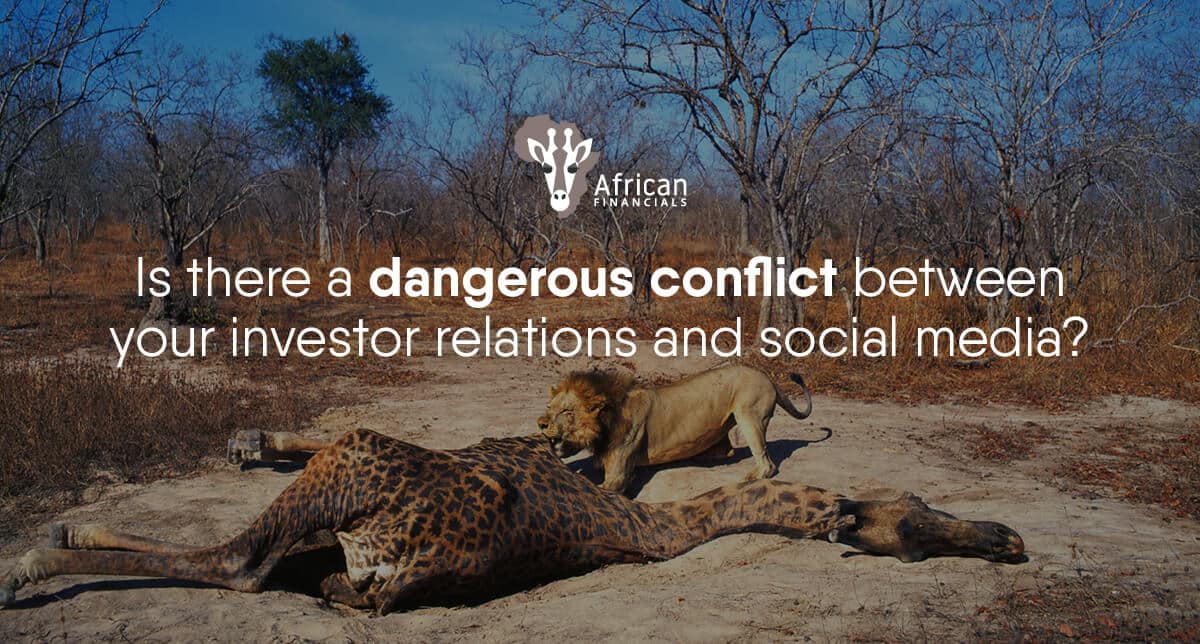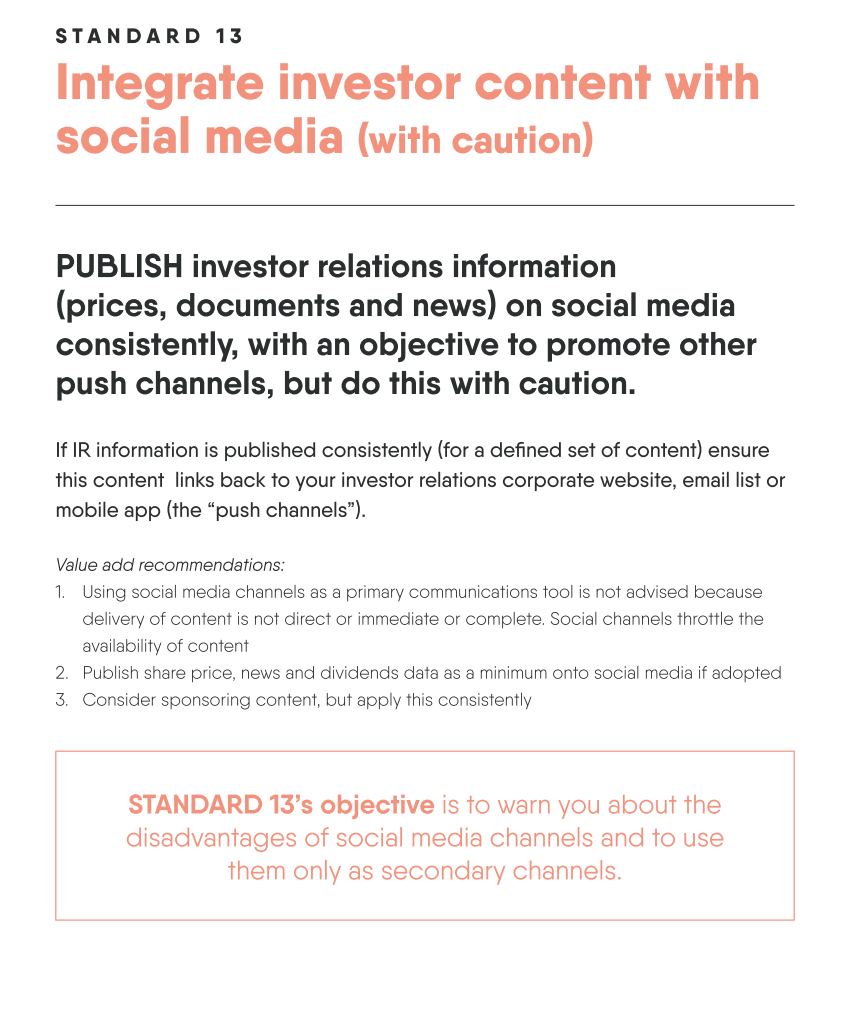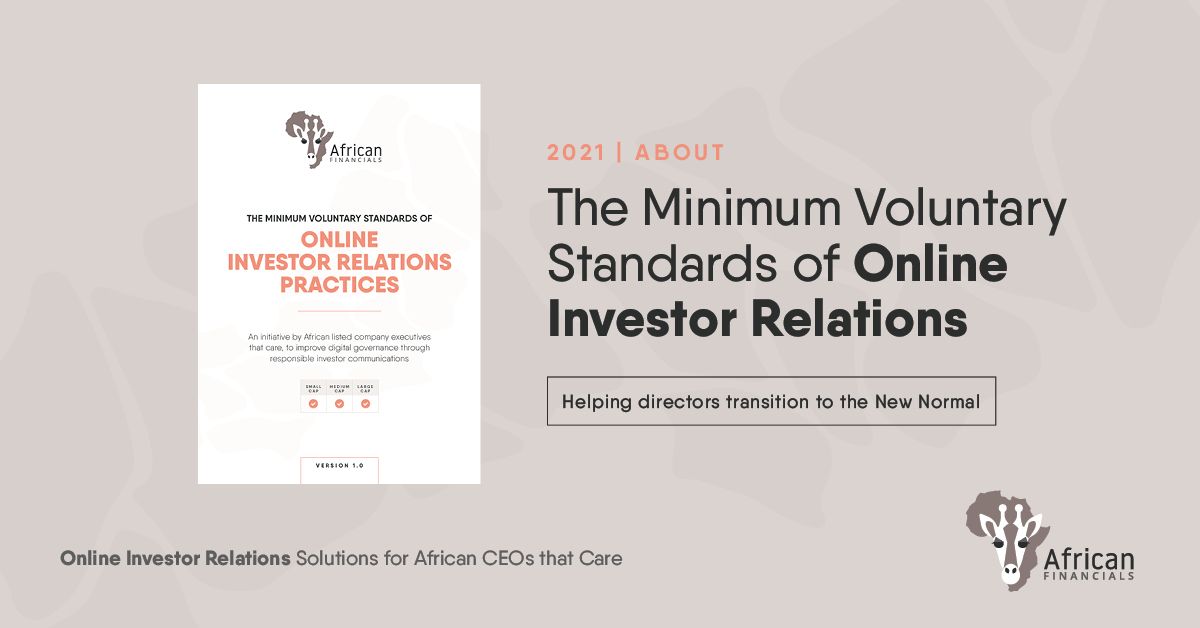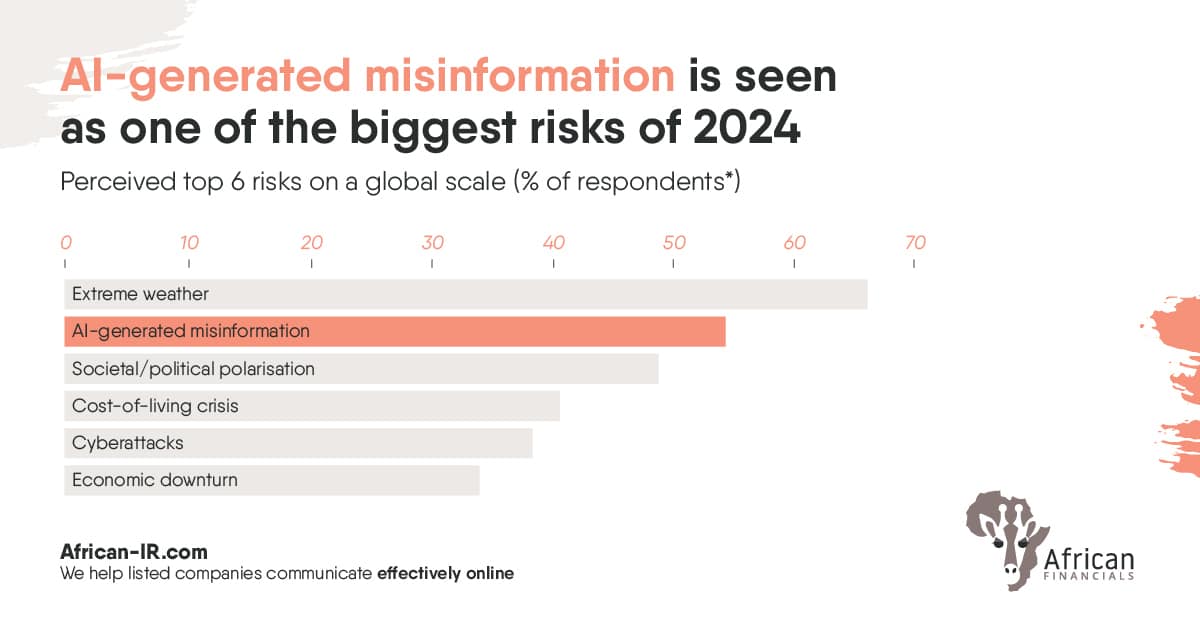
How Bad Social Media Might Be Even Worse Than Having No Social Media at all
“There is an important lesson for public companies in the Trevor Milton prosecution and conviction. It isn’t “don’t commit fraud”. It isn’t even the gentler “don’t fib”.
If any officer or director of a public company needs to hear that advice, the problem goes much deeper than any words here can fix.
Instead, the lesson involves the use of social media by public companies.
The prosecution’s case was focused on Milton’s lies about Nikola on social media and in TV interviews. This is a significant change from most stock fraud cases that target fraudulent statements made in financials or regulatory filings.
Many companies incorrectly believe that if they say something outside of their SEC filings, the SEC won’t pay attention. That gives them greater latitude to make promotional claims and statements about operations, future plans or financial condition on social media or on their corporate website that they would never put in an SEC filing. That is what Milton did.
As this case proves, it doesn’t work that way.
The SEC already considers a company’s website to be an extension of their SEC filings, so they have regularly reviewed it along with their filings with the Commission for years.
But now, with the greater reach and influence of all kinds of social media, the SEC is routinely reviewing those sources too. It includes posts and public statements made by both the company and by officers and directors.
I by no means am saying companies should not use social media. Instead, using social media, and having an organized strategy for it, is a must. Especially for smaller growth companies, as it provides an important, and inexpensive, connection to current, and potential, investors.
Especially for smaller growth companies, as it provides an important, and inexpensive, connection to current, and potential, investors.
But, companies need to keep in mind that those outlets and the posts they make are under regulatory oversight.
As a good rule of thumb, just like in their SEC filings, never say anything on social media you don’t want to have to explain to an SEC reviewer from Corporate Finance or, even worse, a lawyer from the Division of Enforcement.”
Social Media Use in 588 African Listed Companies
588 insights into social media use in African capital markets:-
| Listed companies using Facebook | 217 | 37% |
| Listed companies using Twitter | 433 | 73% |
| Listed companies using LinkedIn | 370 | 63% |
Source: AfricanFinancials review of social media links on company websites of companies appearing on AfricanFinancials.com
Irrespective of the levels of use of social media in our African markets, the principles are the same. As Steve points out, social media content should not be taken lightly, as its status can be deemed to be as important as regulatory filings.
Steve’s principles are worth noting, especially when one considers the increase in CEOs and company officials’ use of social media to communicate vital information to their stakeholders.
“Equal access to investment information, a critical pillar of governance, is compromised by social media’s throttling of content visibility”
If social media is to be a key part of any African public company’s investor relations strategy, it should be approached with caution:-
- Ensure adequate return on investment
- Actively engage with stakeholders
- Have a strategy endorsed at Board level
Centralizing, integrating and automating investment data and engagement is a prerequisite to ensuring high returns in social media use.
Protecting Corporate Reputation From External Dangers
Twitter has been in the news a lot lately.
And it’s not for good reasons.
Yesterday, billions of dollars were wiped out from the stock market because of a tweet. A prankster managed to make an official-looking account and tweeted that insulin was free now.
The shares of Eli Lilly, a pharmaceutical giant, started falling as soon as the tweet went out and continued to do so throughout the day. This is just one example of how social media can be used to manipulate stocks and cause chaos in the market. In light of this recent incident, here are some tips on how to deal with social media :-
- Monitor your social media accounts: Make sure you have someone monitoring your company’s social media accounts at all times. This will help you catch any fake or misleading information before it causes damage to your stock price.
TIP – Leading social media intelligence companies enable real time monitoring of corporate social media by way of mobile app. The Board and management may also be online to monitor reputation online. - Take action against false information: If you do find false or misleading information about your company on social media, take immediate action to correct it. This may include issuing a statement to the media or contacting the platforms where the information was shared and asking for it to be removed.
INSIGHT – This is when the real value of a large dedicated and directly connected audience is apparent. The ability to pre-empt negative news broadly, quickly and at low cost is primarily about direct communication channels, but is aided by social media. - Have a social media policy: It is important to have a social media policy in place that covers how employees should use social media. This will help to avoid any potential disasters caused by employees sharing false or sensitive information on social media.
TIP – Here is a great resource for precedent social media policies for corporates
Mitigating The High Cost of Social Media Use
Here at AfricanFinancials we centralize, integrate and automate content origination, curation, publication and analysis, with social media being a natural extension of the content distribution process.
A CASE STUDY Using Social Media For Investor Relations and Sustainability
Social media is an invaluable asset for Copperbelt Energy’s investor relations strategy. Their LinkedIn followers almost tops 50,000 followers – the largest corporate following in Zambia.
6 tips on how to use social media platforms for investor relations, referencing Copperbelt Energy, a company listed on the Lusaka Securities Exchange:
1. Use dedicated accounts for investor relations: Avoid using commercial corporate social media accounts for investor relations purposes. Instead, create dedicated accounts that are specifically devoted to updates for investors. This will help ensure that investors are receiving the information they need in a timely and accurate manner.
CEC INSIGHT: Corporate, sustainability and investor relations content dominates CEC’s social media channels which enjoy significant following from stakeholders.
2. Make use of all available features: Social media platforms offer a variety of features that can be used to reach investors. For example, Twitter allows companies to create lists of investors that can be easily followed and updated. LinkedIn provides an easy way to connect with investors and share updates. And Facebook offers a variety of options for sharing news and information with investors.
CEC INSIGHT: CEC maximizes the use of most features of their social media channels, most notably the promotion of their direct communications channels email and the investor relations app.
3. Be responsive: Since investors are using social media to obtain timely information about companies, it’s important to be responsive when they reach out. If investors have questions or comments, make sure to respond in a timely manner.
CEC INSIGHT: CEC has a centralized stakeholder interface where every interaction is tracked and answered.
4. Share relevant content: When sharing content on social media, it’s important to consider what will be most relevant and interesting to investors. In general, investors are interested in updates on financial performance, company announcements, and anything else that can impact the value of their investment.
CEC INSIGHT: A review of CECs stream of content shows a wide diversity of content use. The CEC Twitter page auto-tweets the company’s share price daily
5. Use caution when disclosing material information: It’s important to be mindful of regulations when sharing information on social media. In general, companies should avoid disclosing material information on social media platforms before that information is released through a formal disclosure process.
CEC INSIGHT: CEC discloses core regulatory information after publication by the Lusaka Securities Exchange
6. Facilitate direct communication: Always ensure that social media content promotes and links to channels of direct communication.
CEC INSIGHT: CEC’s email alerts service offers a number of choices for investors and stakeholders to receive information directly. This includes
- Share prices
- Procurement announcements
- News releases
- Job postings
- Regulatory announcements
Social media use is complex, fraught with risk and should always be part of a broader digital strategy. Listed companies have few sources of guidance: investor relations is a highly strategic, niche area of communications.
AfricanFinancials has codified the key elements of online investor and corporate communications for listed companies.
The Minimum Voluntary Standards of Of Online Investor Relations – Standard 13
Social media use in investor relations is part of a wider strategy the majority of which conforms with The Minimum Standards of Online Investor Relations: Standard 13 is illustrated below.
Excerpt of standard 13 from the Minimum Standards Of Online Investor Relations
DOWNLOAD THE MINIMUM VOLUNTARY STANDARDS OF ONLINE INVESTOR RELATIONS HERE
The Power of Social Media
Website traffic from social media platforms such as Facebook and Twitter surpasses that from traditional websites and financial news sources for some companies.
This is not isolated, and is expected to grow: with a recent study of Africa finding that Nigeria has the highest number of social media users in Africa, followed by South Africa and Kenya. A ready audience to which to communicate sustainability and investor relations insights, data and news.
Ultimately using social media for investor relations purposes:-
- Allows companies to reach a wider audience more easily and at little cost.
- Provides an immediate (but not necessarily direct) way to communicate with investors, which can be important in times of crisis or when there is breaking news.
- Can be used to build and maintain relationships with investors, which can ultimately lead to increased investor confidence and support and to grow direct communications channels such as email and mobile apps.
“Regular updates and engagement with investors on social media can help to create a sense of transparency and openness around a company’s operations.
The vitality of social media and its status in international capital markets regulations was expressed brilliantly by Steve Taylor in his LinkedIn post addressing an Article in Reuters titled “U.S. jury convicts Nikola founder of fraud” and CEC and companies like it serve as conclusive proof that getting professional help is the easiest way to maximize the advantages that social media offers whilst mitigating any and all risk.
If you are an investor in African markets join the Investor Mailing List to receive share prices, documents and news for 10 African countries. You’ll also receive the Sub-Saharan Africa Top 30 Equities Valuation Report.
If you are a senior executive in a communications function or a director of a listed company, sign up to The Digital Governance Newsletter for practical advice and insights to improve corporate and communications governance.
Turnkey, communications solutions for every listed company in Africa
Speak to us about IR solutions for your company
Speak to us about IR solutions for your company
AfricanFinancials works with Boards, CEOs and companies who want to build sustainable businesses through better corporate and investor communications. Our focus is online investor relations to promote secure two-way communications with investors and stakeholders.







